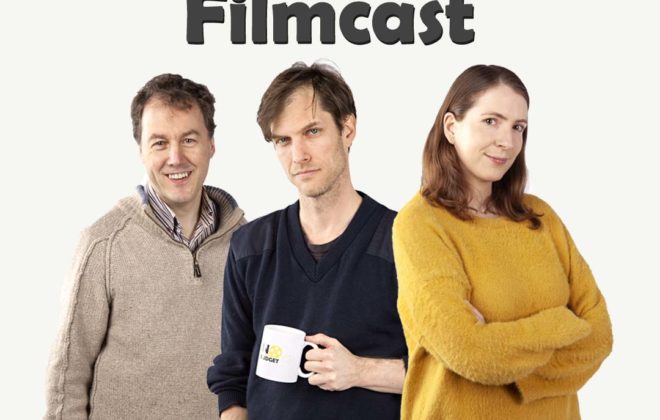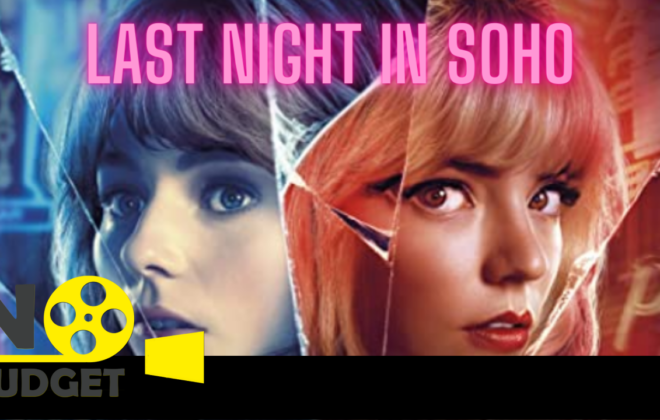What is Cinematography?
What is Cinematography?
I often, incorrectly, refer to a cinematographer and a DOP (Director of Photography) as different people, when they are in fact the same person. But, there is just something about the sound of cinematographer that sounds better in my ears. And DOP, well, that doesn’t sound as nice. Cinematography! Say it out loud, and you will see what I mean.
Okay, let’s ignore who is a cinematographer, and talk about what is cinematography instead? In this video tutorial we learn the firs rule and that is cinema = language.
Words in language, have meaning and definitions of how they are used. Our words have rules and cinematography works the same way. There are rules in cinematic language that are used to communicate the vision of the film to the audience, in the same way that a verb is used as a rule in grammar. The angles and the colors are the language of cinema. In good cinematography the story can be told by what we see on the screen vs what we hear. Yes, they all play a part to craft the experience, but cinematography is telling a story through the visuals and creating the emotional impact the director wants people to experience. The prospective of a high shot looking down dis-empowers the lower person in the scene for example. The camera movement also tells us something. A tracking shot that follows the action, or Dutch angels that make us feel off kilter or skewed. When a shot is used out of context or incorrectly it can also impact the viewer in the same way a misplaced comma or there instead of their is used can annoy a grammar snob.
It is through cinematography that the filmmaker can decide what is going to be communicated to the audience, and the audience experiences the story unfolding on the screen. When it is done well the audience is drawn into the story and experiences the film over simply watching the film.
Related Posts
Leave a Reply Cancel reply
This site uses Akismet to reduce spam. Learn how your comment data is processed.




